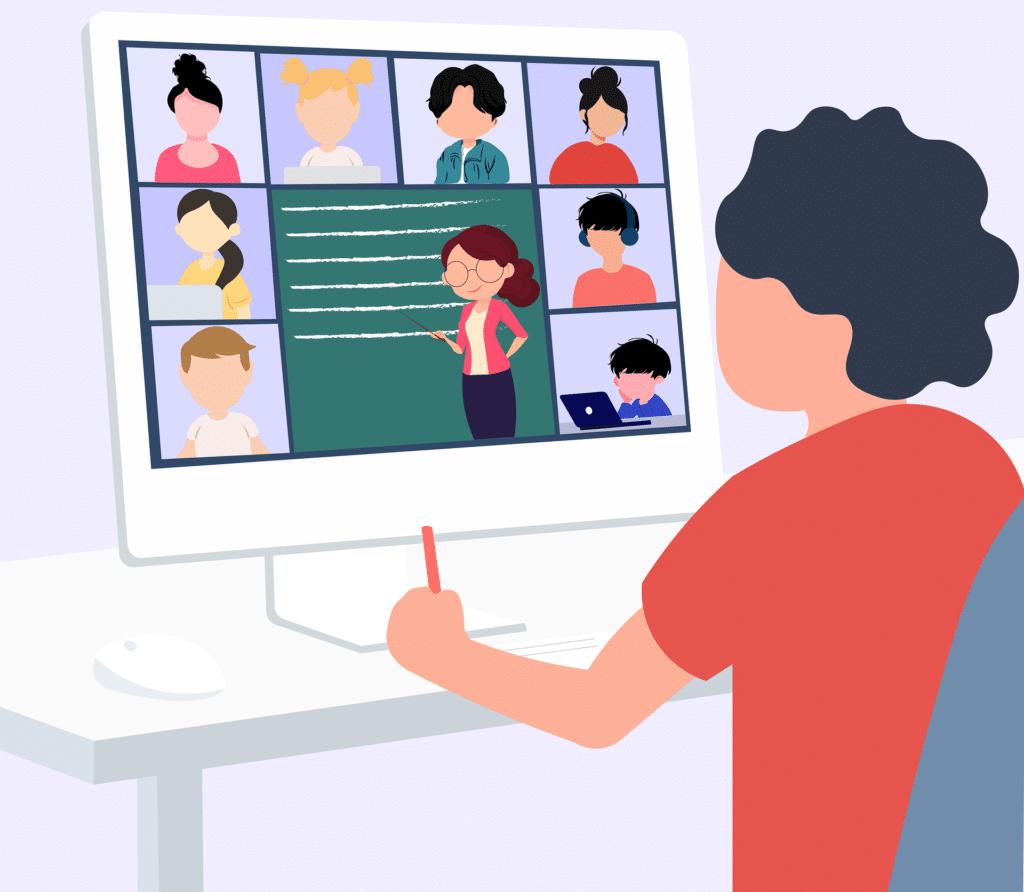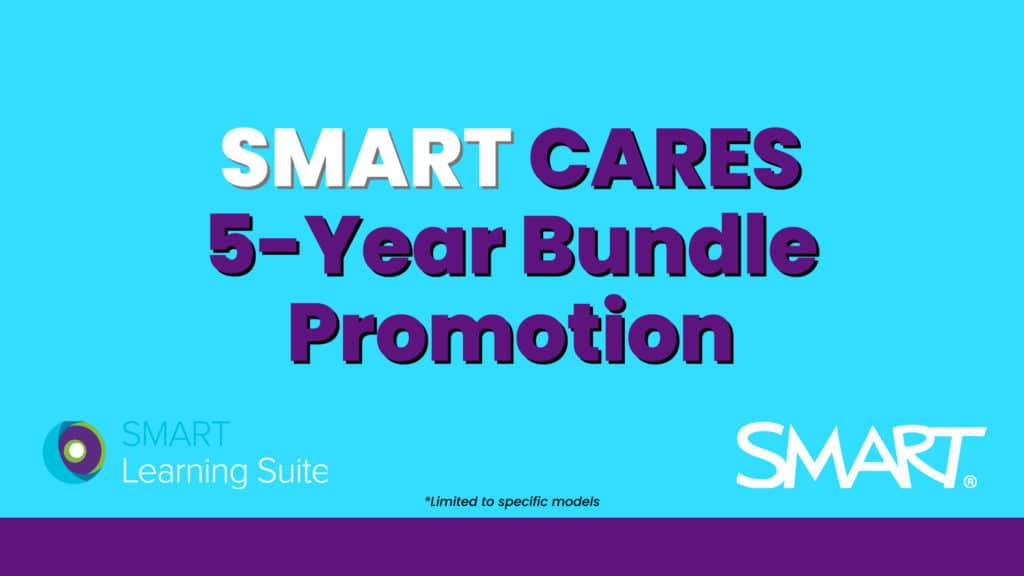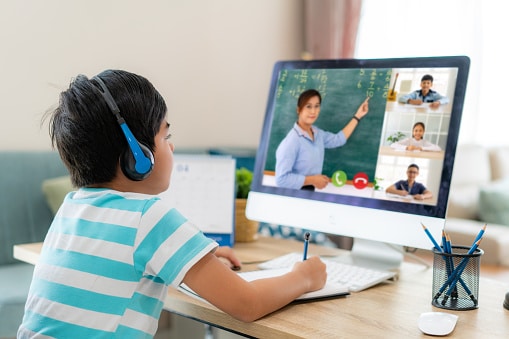CARES Act Funding for Education and How it Applies to Your Institution
At the beginning of this pandemic, one of the largest effected industries was and still is education (K-12, Secondary and Post Secondary). The passing of the CARES Act I and II gave an opportunity for these institutions to revitalize and renovate how education is provided to their students. Distance learning technology and student engagement has become the primary concern for those institutions. With all the funding available or the funding you have already received, how exactly do you utilize those funds to the fullest extent?
Examining the allocation of Funding:
Education Stabilization Fund- Rethink K12 Education Models Grants (ESF-REM Grants)
These provide support to State educational agencies in States with the highest coronavirus burden to address specific educational needs of students, parents, and teachers in public and non-public elementary and secondary schools in accordance with section 18001(a) of the CARES Act. (CARES Act I – $30B and CARES Act II -$81.9B) and is broken down as follows:
- Higher Education Emergency Relief Funds (HEERF) – Provided for Universities (CARES Act I-$14.25B and CARES Act II – $22.9B).
- Governor’s Emergency Education Relief Fund (GEERF) – These funds can be used on educational technology and instructional materials. It is split between all states. Each Governor can provide grants for K-12, universities/colleges, early education and childcare providers (CARES Act I – $3B and CARES Act II – $4B).
- Elementary and Secondary School Emergency Relief Fund (ESSERF) – Provides K-12 formula grants to states based on ESEA Title I funds. The Department will award these grants to State educational agencies (SEAs) for the purpose of providing local educational agencies (LEAs), including charter schools that are LEAs, with emergency relief funds to address the impact that COVID-19 has had, and continues to have, on elementary and secondary schools across the Nation. (CARES Act I – $13.5B and CARES Act II – $54.9B)

Many educational institutions have already received funding, but not had an opportunity to use those funds in cultivating a fully distance and/or hybrid learning experience. Here are just a few examples of what those funds can be used for and how Audio Visual can help:
- Distance Learning
By using the laptop or mobile cameras, it severely limits the instructors ability to share content seamlessly. In this situation, a PTZ Camera or Video Conferencing solution would be the better alternative. Allowing the teacher to share information without losing quality through audio and video.
2. Hybrid Learning
Some students are going back to the classroom, but not at full capacity. In keeping with social distancing, schools are going to an alternative schedule. This is causing students and instructors difficulties in getting on the same page. In this situation a Barco ClickShare or Mersive Solstice would be the better alternative in allowing simultaneous sharing from a laptop or computer.
3. Student Engagement
The biggest hurdle educators have come across is the ability to keep their students engaged in active learning given the differently learning environments they are currently in. In this situation an interactive whiteboard, (i.e. SMARTBoard) would ideal. It would allow an interactive screen to share the content through all devices.
If you need any assistance or any information on the solution that would work best for you please contact us.
If you would like to learn more about the CARES Act, other funding opportunities and assistance with grant writing:
CARES Act : U.S. Department of The Treasury
Funding Digital Learning : Office of Educational Technology
Grants and Opportunities : Oklahoma State Department of Education
Write on Fundraising (Grant writing service)
SMART Cares Promotion (Learn More)


